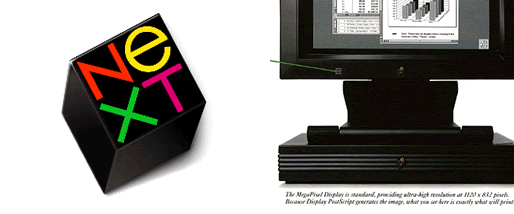Logo as Jewel: Building an Instantly Recognizable Brand
Look around the next time you’re in a coffee shop or airport terminal. You’ll see laptops, cameras, and cell phones with nothing more than the manufacturer’s name as an identifier. By contrast, any device made by Apple has only the iconic, instantly recognizable apple with a bite taken out of the right side. Even though the Apple logo contains no text, people instantly associate it with the company, because Apple uses it consistently in products, communications, and its retail stores.

NeXT, the company started by Steve Jobs after he left Apple in the 1980s, used a logo designed by the legendary Paul Rand.

In this 1993 interview with Doug Evans and Alan Pottasch, Jobs described both the Apple and NeXT logos as examples of the logo as “jewel” – a symbol that could be used independently of the company name.
Many airline logos are instantly recognizable jewels, including Aer Lingus, Delta, Korean Air, Lufthansa, and United. The Air Canada logo is almost as iconic as the Canadian flag, and the airline uses the logo jewel by itself in advertisements.

The World Wildlife Fund’s panda logo is one of the most iconic jewel logos associated with a charity organization. In the auto industry, the Mercedes Benz three-pointed star surrounded by a circle is instantly recognizable, as is the brilliantly simple Target logo. The logo designed by Sol Sender for Barack Obama’s 2008 presidential campaign marked a watershed moment for political campaigns, because it broke so many of the conventions of political design and messaging.


